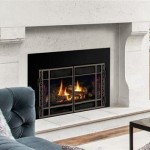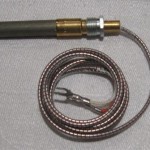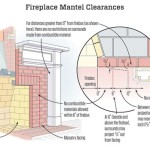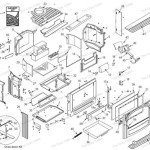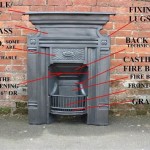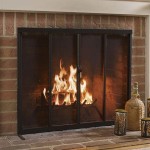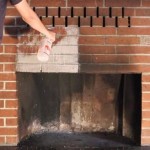Essential Aspects of Gas Fireplace Burners
Gas fireplaces have become increasingly popular as a convenient and aesthetically pleasing heating option for homes. At the heart of every gas fireplace lies the burner, a crucial component that influences the performance, efficiency, and ambiance of your fireplace. Understanding the essential aspects of gas fireplace burners will help you make an informed decision when selecting a burner for your fireplace.
Type of Burner
There are two primary types of gas fireplace burners: traditional H-burners and advanced linear burners. H-burners, shaped like the letter "H," have been commonly used for decades, providing a basic level of heat and flame. Linear burners, on the other hand, are newer and more sophisticated, featuring a long, linear design that allows for a wider and more realistic flame pattern. Linear burners often offer advanced features like variable flame height and remote control.
Burner Material
The material of the burner plays a significant role in its durability and lifespan. Cast iron burners are robust and long-lasting, offering excellent heat retention and resistance to corrosion. Stainless steel burners are also durable, corrosion-resistant, and easy to clean. Ceramic burners are newer and less common, but they provide exceptional heat resistance and durability.
BTU Output
BTU (British Thermal Unit) output measures the heating power of a burner. The BTU output required for your fireplace will depend on the size of the room it needs to heat. Insufficient BTU output will result in inadequate heating, while excessive BTU output can overheat the room and waste energy. Consult with a heating professional to determine the appropriate BTU output for your space.
Flame Appearance
The flame appearance is a crucial factor that determines the ambiance of your fireplace. H-burners typically produce a traditional, flickering flame, while linear burners provide a more realistic, log-like flame pattern. Some linear burners offer adjustable flame height, allowing you to customize the flame's intensity and ambiance.
Additional Features
Some gas fireplace burners include additional features that enhance convenience and functionality. These features may include remote control operation, variable flame height, ignition systems that make starting the fireplace easy and safe, and safety features like flame sensors that automatically shut off the gas supply in case of a flame failure.
By considering these essential aspects of gas fireplace burners, you can make an informed decision that meets your heating and aesthetic needs. With a properly selected burner, your gas fireplace will provide years of comfortable warmth, ambiance, and enjoyment.

All About Gas Burners For Fireplaces Types Features

Kingsman 24 Vent Free Gas Burner Glvf24 Us Fireplace

Duluth Forge 28 In 55 000 Btu Direct Vented Natural Gas Fire Log Glass Burner Kit 210023 The Home Depot

Diamond Burner By Fire Glass

Stainless Steel Gas Fireplace Burner Pan Magic Touch Mechanical

18 Flint Hill Ceramic Logs Contour Vent Free Burner 10k Btu Millivolt Pilot Empire

Napoleon Fiberglow 30 Gas With Burner Log Sets Gl30ne North Country Fire

How To Install The G4 And G45 Vented Fireplace Burners By Real Fyre

Grand Canyon Gas Logs Bedrock Vented Contemporary Linear Drop In Bur Fireplaces Usa

Enviro G Series Glass Burner Traditional Gas Or Propane Fireplace Fireplaces By Cameron
Related Posts

